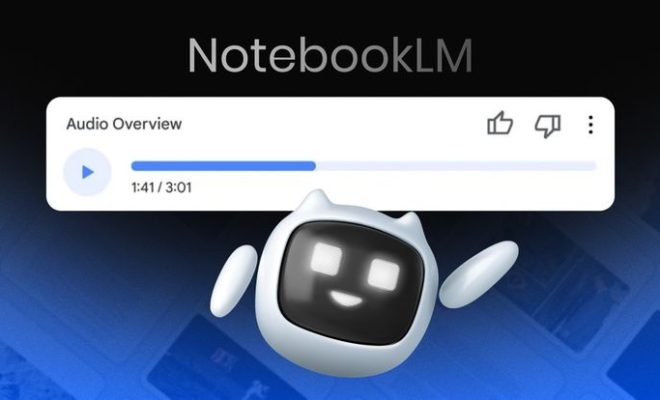How to make the most of Apple’s Calendar, and when to opt for an alternative

Apple’s Calendar app is a powerful organizational tool that offers seamless integration across all your devices. To maximize its potential, start by familiarizing yourself with its features. Utilize color-coded calendars to differentiate between personal, work, and family events. This visual organization can simplify your schedule and enhance productivity.
Make use of the “event alerts” feature to set reminders for important appointments or tasks. You can choose to receive alerts minutes, hours, or even days in advance, ensuring you never miss a deadline. The ability to create recurring events, such as weekly meetings or monthly reminders, further optimizes your planning.
Consider using the shared calendar functionality for collaborative events. By inviting others to view or edit calendars, it becomes easier to coordinate schedules for family gatherings, team projects, or social events. The “travel time” feature is another boon, allowing you to factor in transit when setting appointments.
However, there are scenarios where Apple’s Calendar may not be the best fit. If you require advanced project management features, such as Gantt charts or comprehensive task management, you might consider alternatives like Trello, Notion, or Asana. These tools offer extensive capabilities for tracking tasks over time and managing team collaborations in a way that Calendar cannot.
For users in need of specific customization or seamless integration with non-Apple services, exploring third-party apps may be worthwhile. Solutions like Google Calendar provide robust functionality, particularly for those deeply embedded in the Google ecosystem.
In conclusion, Apple’s Calendar can effectively manage your scheduling needs when utilized to its fullest. However, recognizing its limitations is crucial. Evaluate your requirements to determine if an alternative is necessary, ensuring your planning remains efficient and effective.






